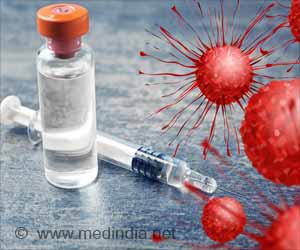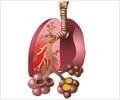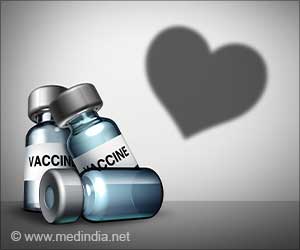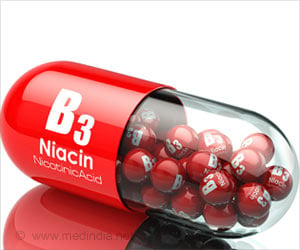Single intravenous infusion of convalescent blood plasma imparted a great recovery in an immunocompromised old lady who was suffering from a prolonged fatal and deteriorating COVID-19 illness.

TOP INSIGHT
Single intravenous infusion of convalescent blood plasma imparted an extremely high virus-neutralizing titer thereby showing a great recovery in an immunocompromised old lady who was suffering from a prolonged fatal and deteriorating COVID-19 illness. However, variations were seen in the virus-neutralizing titer among different plasma donors and recipients themselves. This urges the need to screen the patients and donors for plasma titers level before administration.
Convalescent Plasma Therapy in COVID-19
The study showed that the woman's recovery was due to an extremely high virus-neutralizing titer in the son-in-law's donated plasma that persisted in her four days after infusion. This titer was very much higher than those measured in 64 other remnant convalescent plasmas collected by two blood banks.
The lower cut-off value for emergency use authorization of convalescent plasma by the Food and Drug Administration is neutralizing antibody titers above 250. Convalescent plasmas titers above 250 from the first blood bank were only 37% whereas plasmas from the second blood bank that exceeded the neutralizing antibody titer cut-off of 250 were only 47%. Therefore, most of these plasmas were inadequate for transfusion.
Almost 8 convalescent plasmas obtained from the second blood bank outnumbered the neutralizing antibody titer of 1,000. However the neutralizing antibody titer of the son-in-law's plasma was extremely high, up to 5,720. Thus, not all the plasma donors had sufficient neutralizing titers.
The infusion of convalescent plasma had no significant impact on their pre-existing neutralizing antibody titers in about 16 patients. In fact, many of the recipients had existing endogenous neutralizing antibody responses beyond the effect of administered convalescent plasma units.
Source-Medindia
 MEDINDIA
MEDINDIA




 Email
Email










